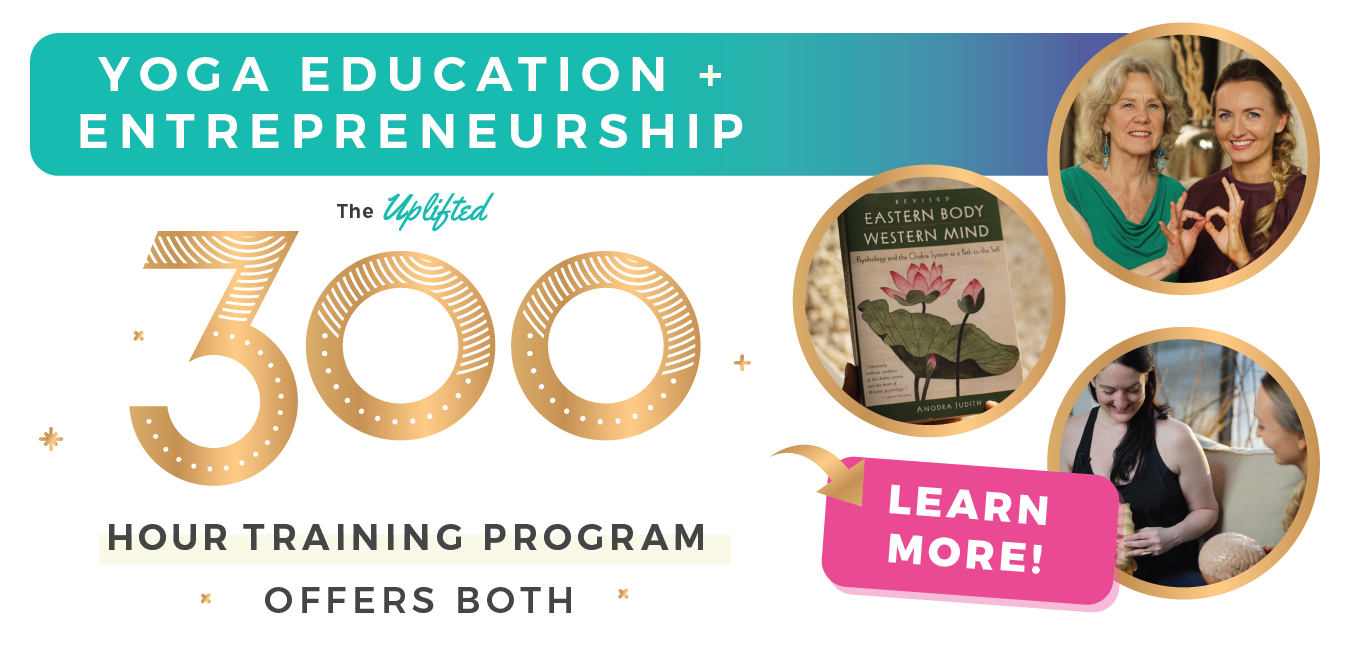(Paschimottanasana): Techniques, Benefits, Variations
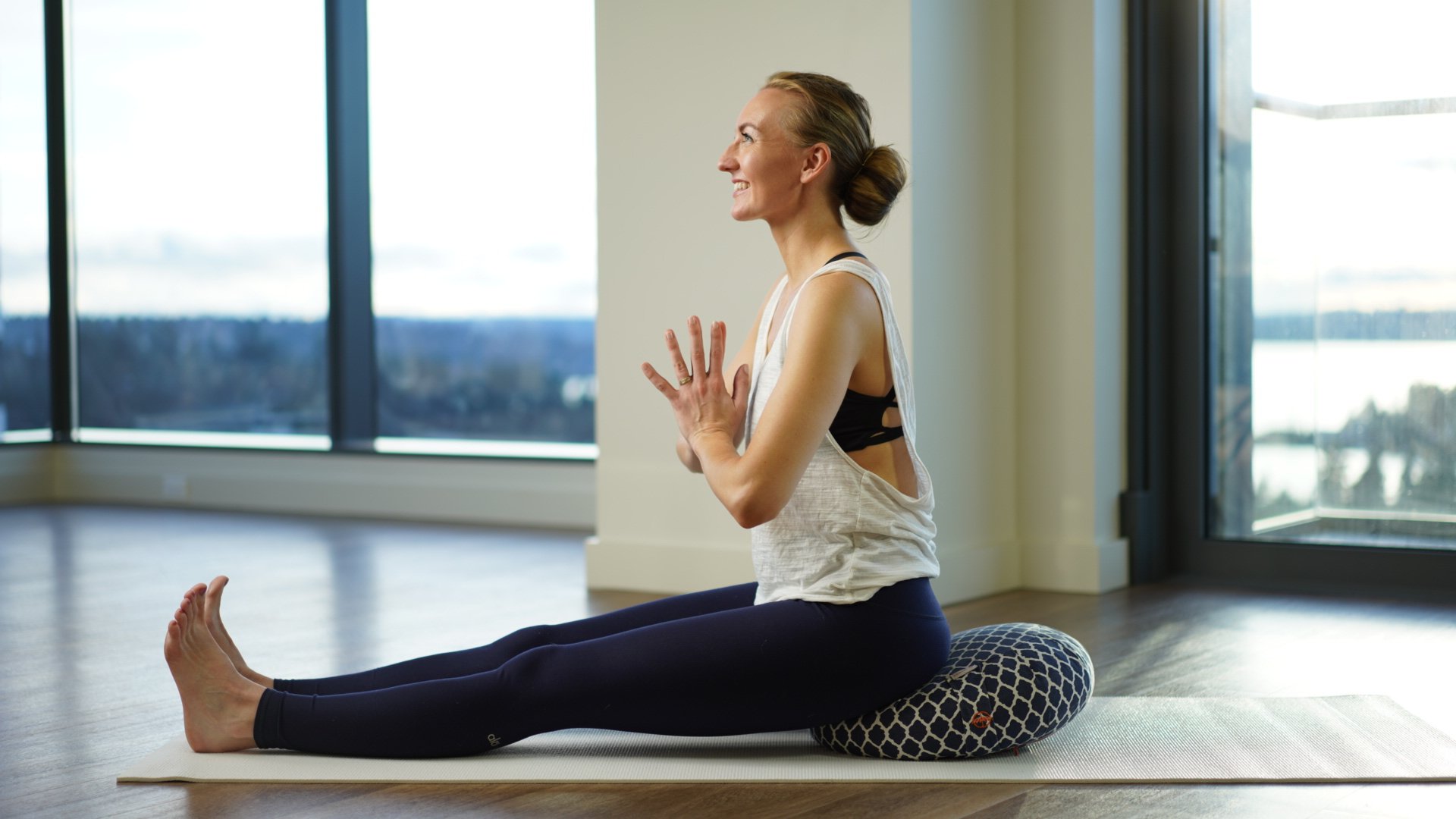
Seated Forward Bend Pose Prep & Practice
1
Come to sit down on the floor and extend both legs out in front of you. Legs can come together to touch, or take the heels hips distance.
2
Flex the feet, so that the toes are all pointed towards the ceiling.
3
On an inhalation, lengthen the spine. Option to raise the arms first here, then gently fold the torso down toward the thighs on the exhalation. Extend the arms forward
4
Hands can grab onto the big toes with your index and middle fingers, outsides of the feet, shins, thighs, or even press into the floor.
5
With every inhale, let the spine get a little longer. With every exhale, use the core to fold down a bit deeper. Relax the arms, unclench the jaw, maybe even close the eyes.
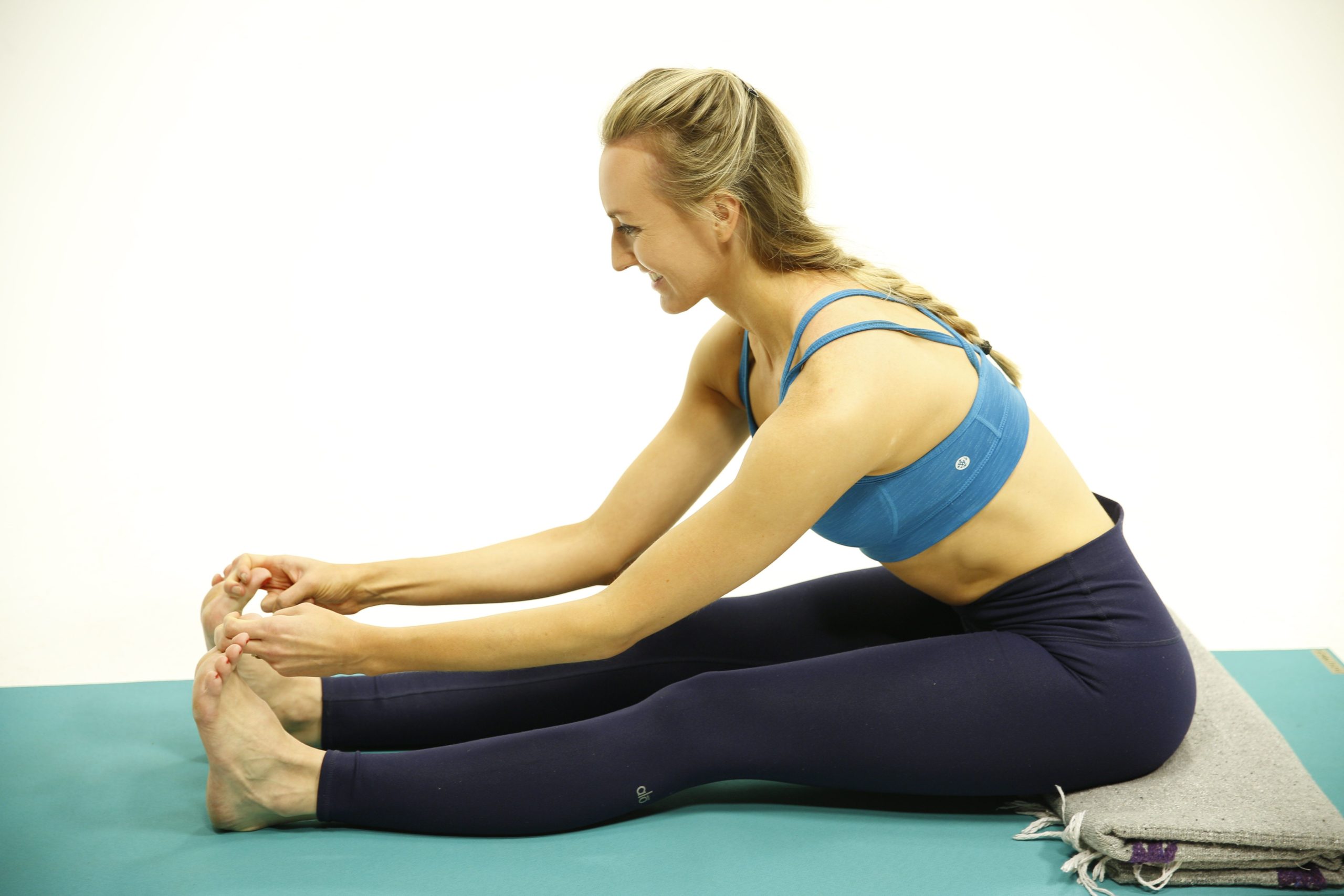
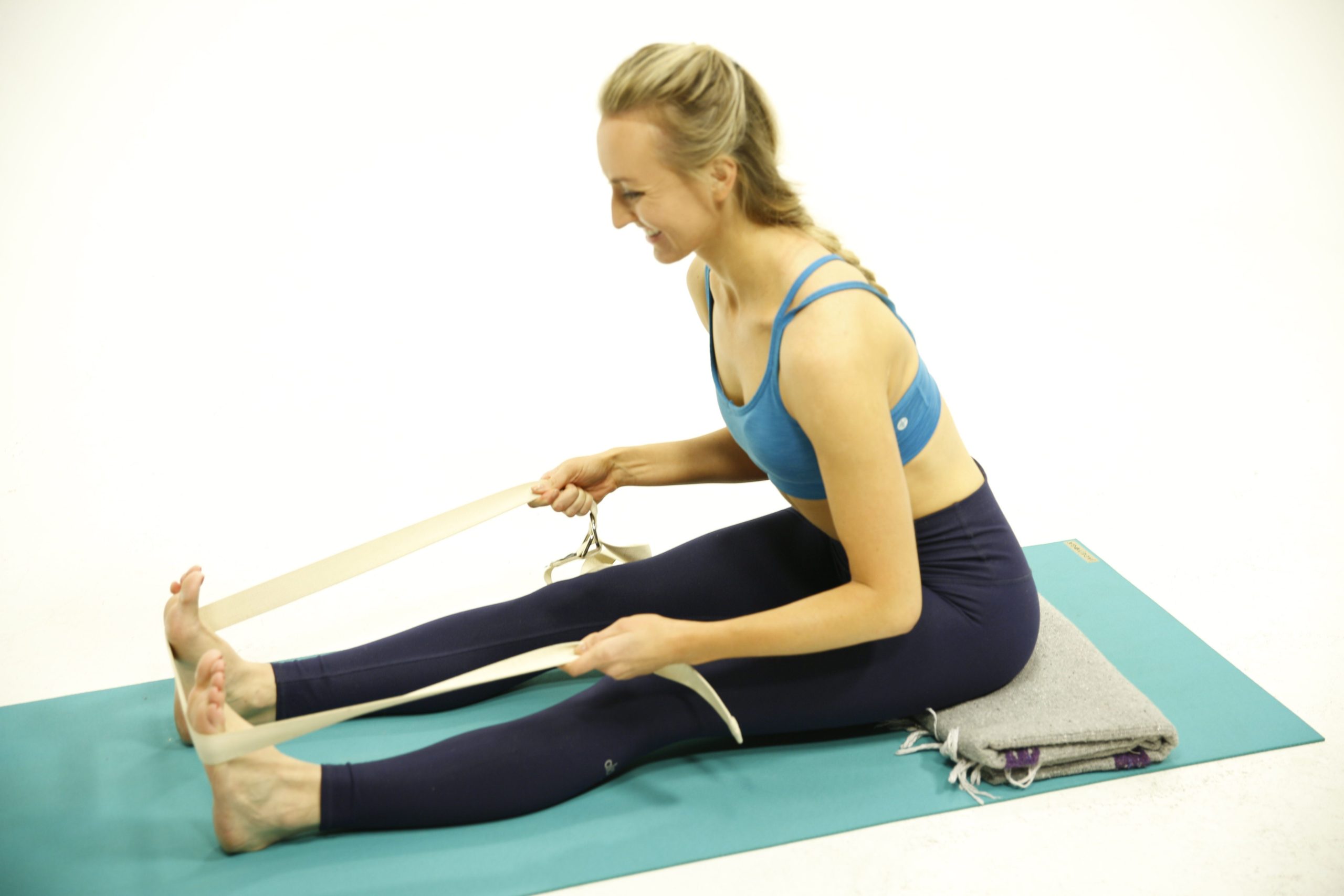
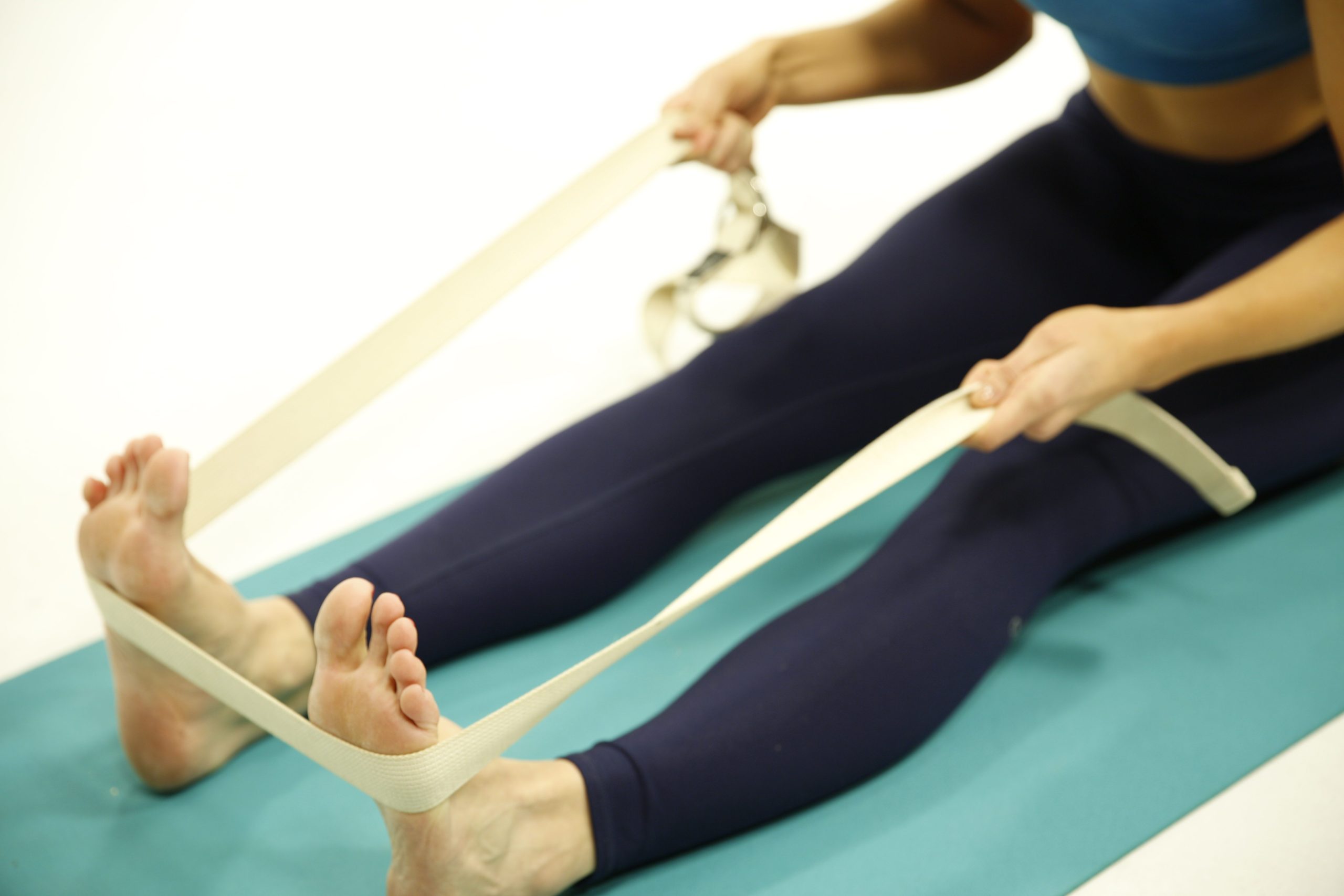
Variations/Modifications
- Keep a generous bend in the knees, or option to roll a blanket under the knees
- Practice with a strap around the soles of the feet, holding on the either end like reins
- Lift up the hips by sitting on the edge of a blanket or bolster
- Press in to blocks on either side of the thighs
- Only fold over slightly
Physical, Mental, and Emotional Benefits
- Stretches the hamstrings and backside of the body
- Calming, reduces stress
- Tones and stimulates the organs
- Encourages introspection
Contraindications
- Hamstring Injury
- Low Blood Pressure
- Back Injury, especially disc herniation
Thoughtful Sequencing
Mountain Pose (Tadasana), Extended Standing Pose (Urdhva Hastasana), Standing Forward Fold (Uttanasana), Downward Facing Dog (Adho Mukha Svanasana), Child’s Pose (Balasana), Seated Forward Bend (Paschimottanasana), Bridge (Setu Bandha Sarvangasana)
Try Seated Forward Bend Pose On The Blog
Want more yoga pose tutorials? See more in my Yoga Pose Directory.
Learn how to do 11 of the most popular yoga poses correctly. Free video + PDF download.


